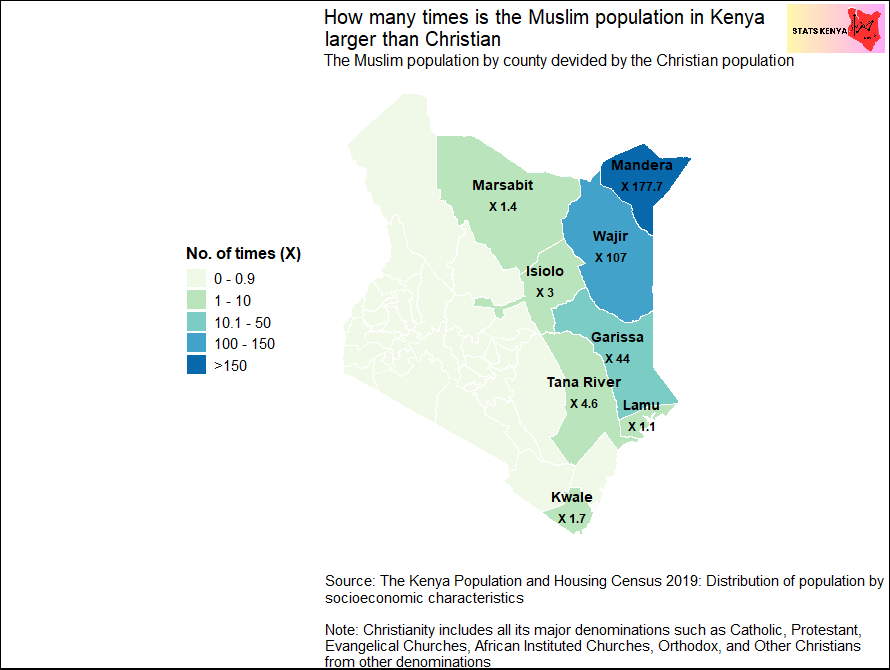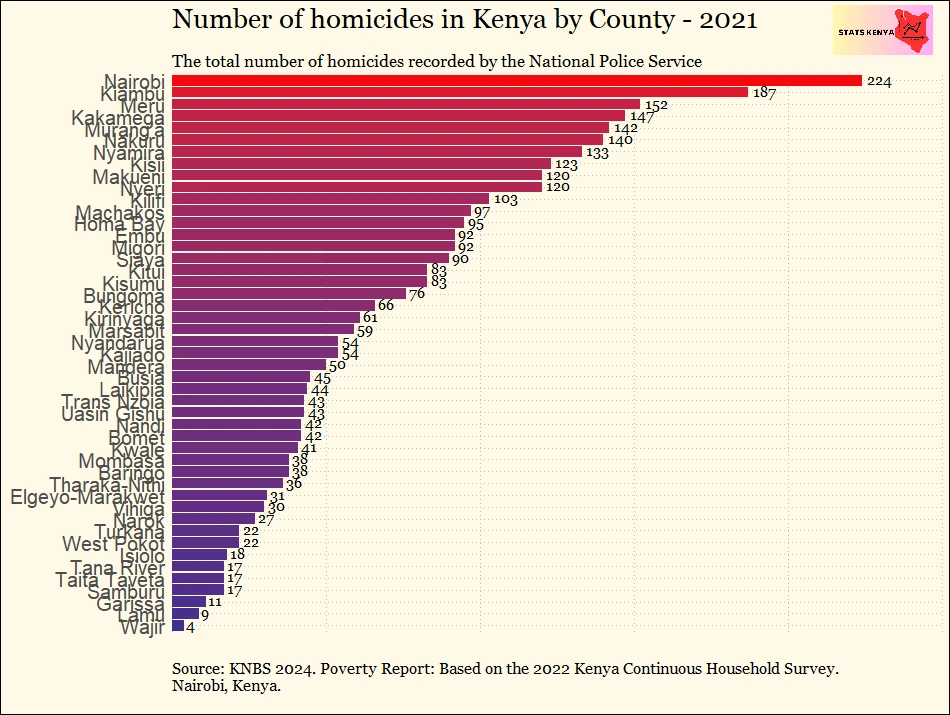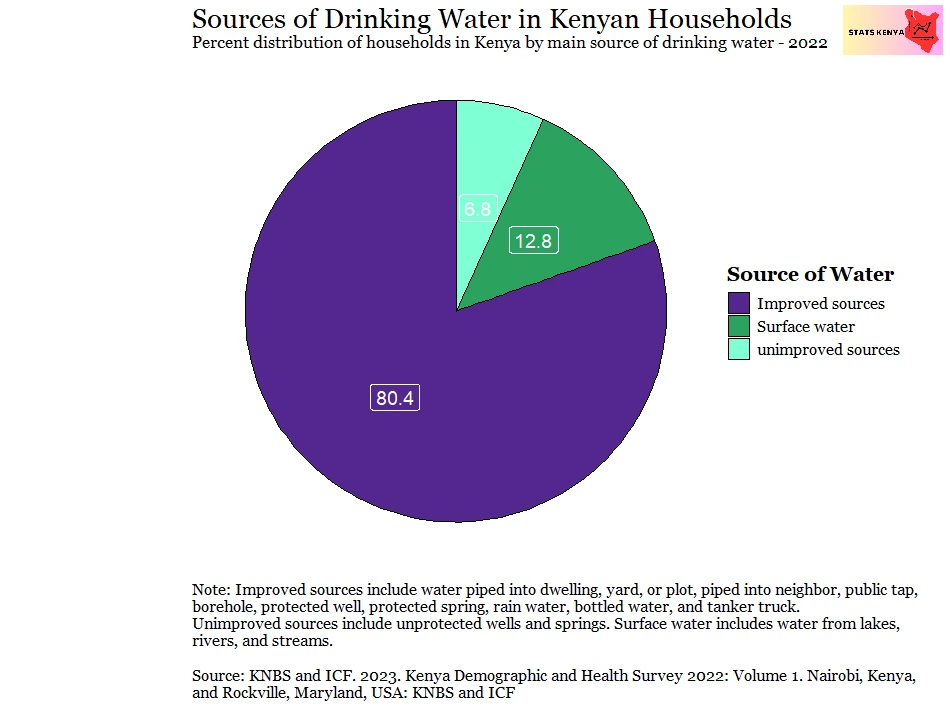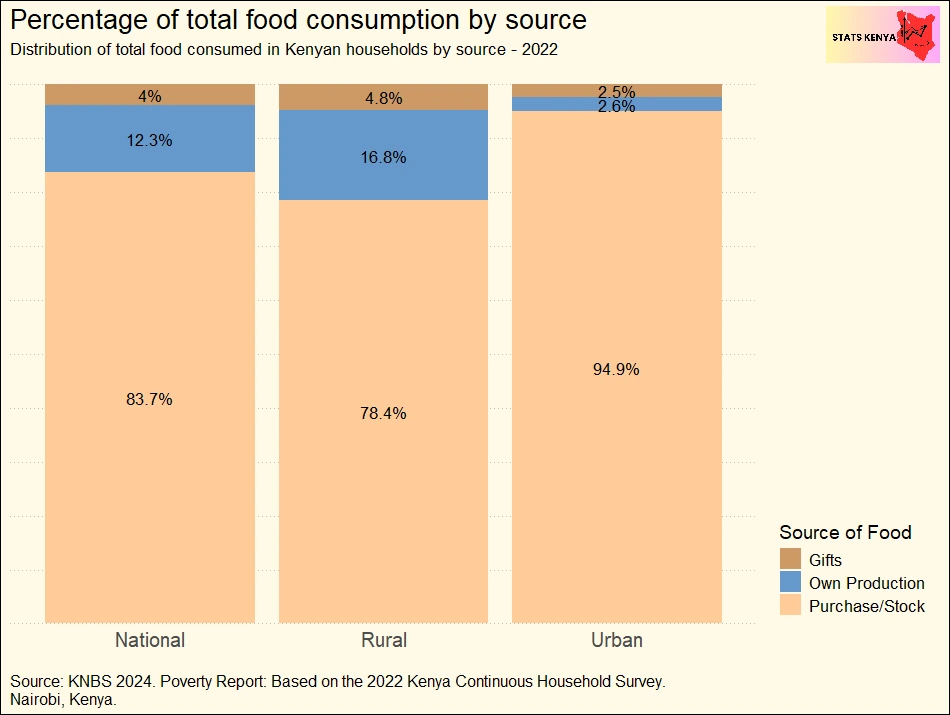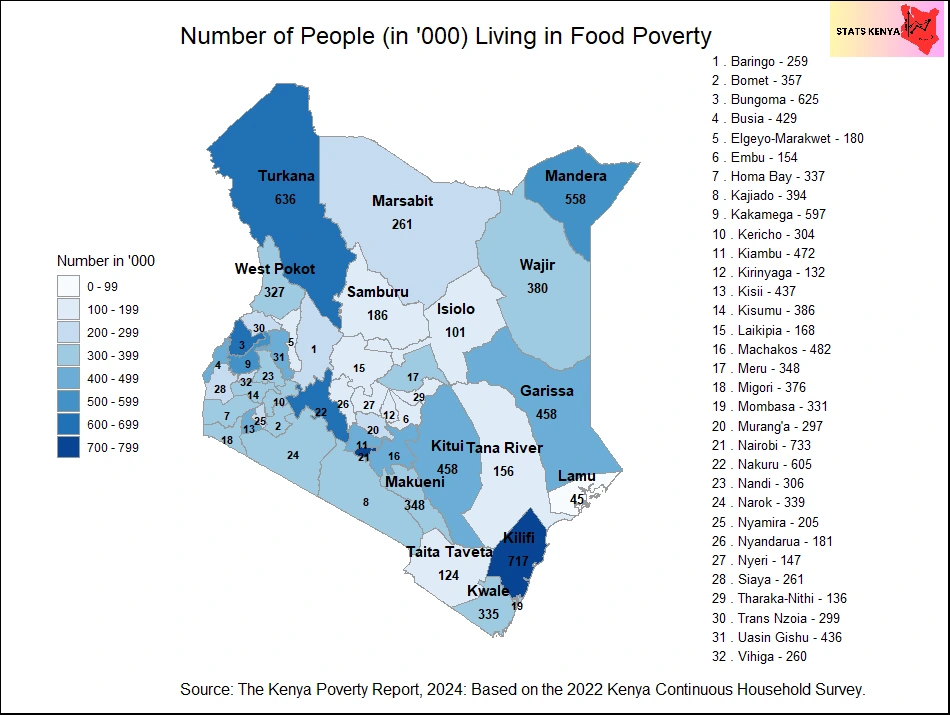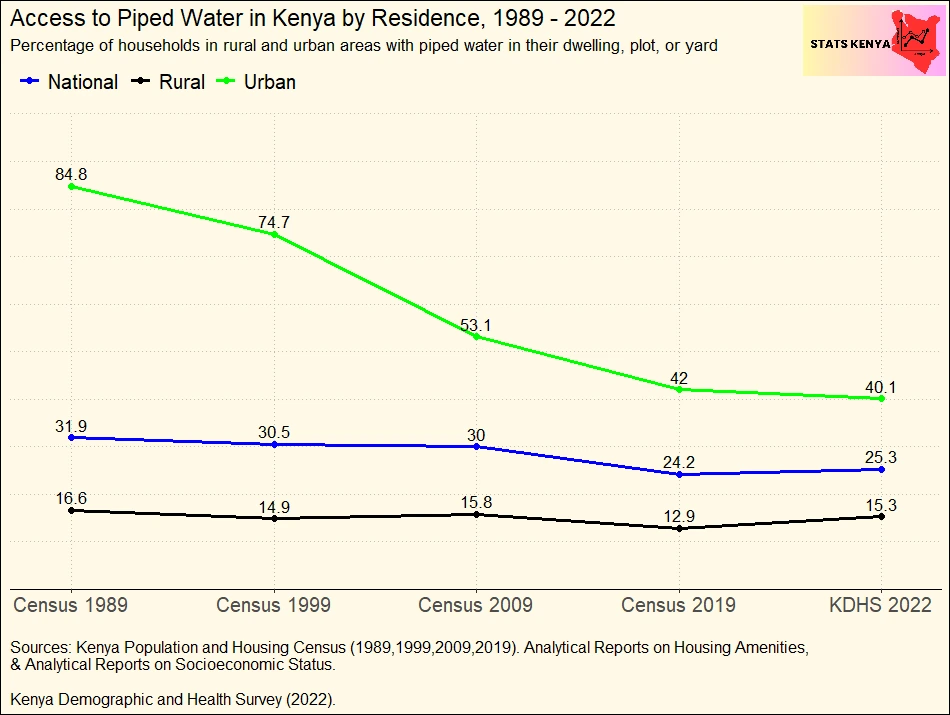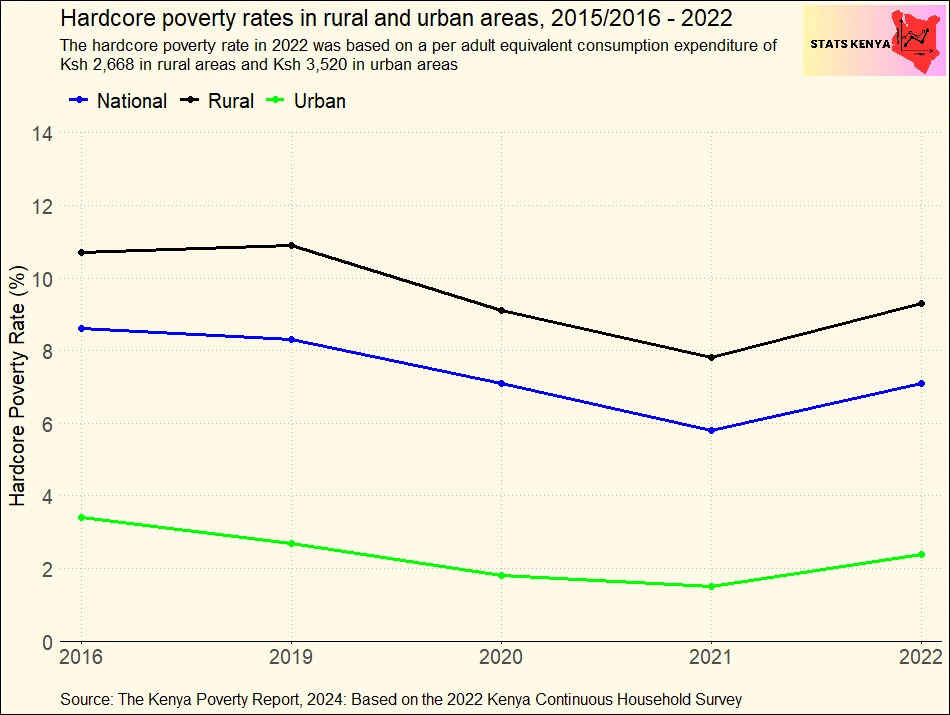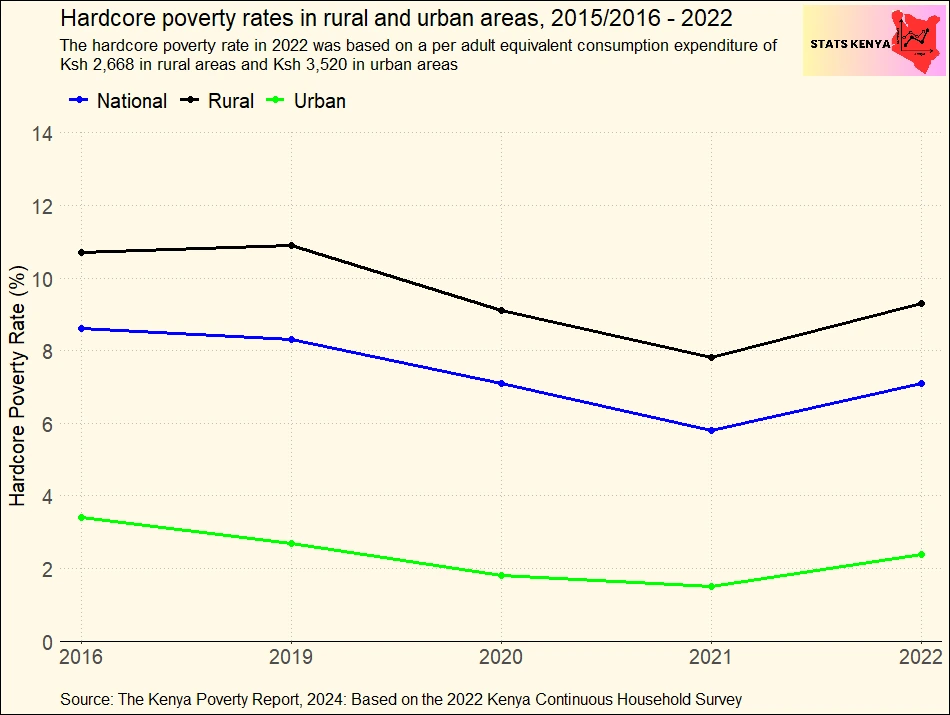Islam is the second-largest religion in Kenya after Christianity, with 10.9% of the population being Muslims. According to the 2019 census, Kenya had 5,152,194 Muslims. In contrast, the number of Christians was 40,379,079, or 86% of the population.[1]
Christians are distributed across several denominations, such as Protestant, Catholic, Evangelical Churches, African Instituted Churches, Orthodox, and other Christian sects.
Muslims are a majority in eight out of 47 counties
Even though Christianity is the dominant religion in Kenya, Muslims form a majority in eight of the forty-seven counties. These include:
- Mandera – 856,450
- Wajir – 767,312
- Garissa – 815,755
- Marsabit – 217,079
- Tana River – 256,422
- Lamu – 71,786
- Isiolo – 193,755
- Kwale – 520,160
Muslims also form sizeable populations in some counties, even though they may not be the majority.
In 2019, Mombasa County had 450,740 Muslims compared to a Christian population of 714,056. Kilifi had a Muslim population of 253,966. Nairobi also had a large Muslim population, at 328,809.
The map below shows the majority religion in each county between Islam and Christianity. Islam is a majority in the former North Eastern Province, Marsabit, Isiolo, and various coastal counties like Lamu, Kwale, and Tana River.
By how much is the Muslim population larger than the Christian population?
Even though the map above tells us which religion is the majority in each county in Kenya, it does not tell us by how much. Muslims form a huge demographic in majority-Christian counties such as Mombasa, and the reverse is true. In counties like Lamu, where the Muslim population is the majority at 71,786, the Christian population is also large at 66,660.
The map below shows how many times the Muslim population in Muslim-majority counties is larger than the Christian population.
As the map shows, the degree of Islamization varies, with some counties more Muslim than others. Furthermore, even in Muslim majority counties, some have a higher ratio of Muslims to Christians than others.
For instance, Mandera has 177.7 times more Muslims than Christians. Wajir, on the other hand, has 107 times more Muslims, while Garissa has 44 times more Muslims. Outside the North Eastern Province, the ratio of Muslims to Christians declines significantly.
Lamu has 1.1 times more Muslims than Christians, while Kwale has 1.7 times more Muslims. Similarly, Marsabit has 1.4 times more Muslims than Christians. In Isiolo and Tana River, Muslims were three times and 4.6 times larger than Christians, respectively.
How many Muslims are in each county in Kenya
All counties in Kenya have Muslims, even though they may be fewer in others. The table below shows the distribution of Muslims in Kenya.
|
County |
Population of Muslims[1] |
|
450,740 |
|
|
Kwale |
520,160 |
|
Kilifi |
253,966 |
|
Tana River |
256,422 |
|
Lamu |
71,786 |
|
Taita Taveta |
25,096 |
|
Garissa |
815,755 |
|
Wajir |
767,312 |
|
Mandera |
856,450 |
|
Marsabit |
217,079 |
|
Isiolo |
193,775 |
|
Meru |
12,531 |
|
Tharaka Nithi |
724 |
|
Embu |
2,861 |
|
8,898 |
|
|
Machakos |
12,984 |
|
Makueni |
6,559 |
|
Nyandarua |
969 |
|
Nyeri |
4,501 |
|
Kirinyaga |
2,425 |
|
Murang’a |
3,640 |
|
Kiambu |
21,311 |
|
Turkana |
30,776 |
|
West Pokot |
2,619 |
|
Samburu |
2,849 |
|
Trans Nzoia |
9,930 |
|
Uasin Gishu |
18,805 |
|
Elgeyo Marakwet |
1,141 |
|
Nandi |
5,755 |
|
Baringo |
5,241 |
|
Laikipia |
8,475 |
|
Nakuru |
25,479 |
|
Narok |
4,805 |
|
Kajiado |
26,779 |
|
Kericho |
2,423 |
|
Bomet |
997 |
|
Kakamega |
88,412 |
|
Vihiga |
5,796 |
|
Bungoma |
21,687 |
|
Busia |
16,909 |
|
Siaya |
4,994 |
|
Kisumu |
17,241 |
|
Homa Bay |
7,469 |
|
Migori |
7,552 |
|
Kisii |
2,753 |
|
Nyamira |
554 |
|
Nairobi |
326,809 |
|
View this dataset here |
|
See Also
- Number of Christians in Kenya by County
- Number of Hindus in Kenya by County
References
[1] 2019 Kenya Population and Housing Census: Distribution of population by socioeconomic characteristics

